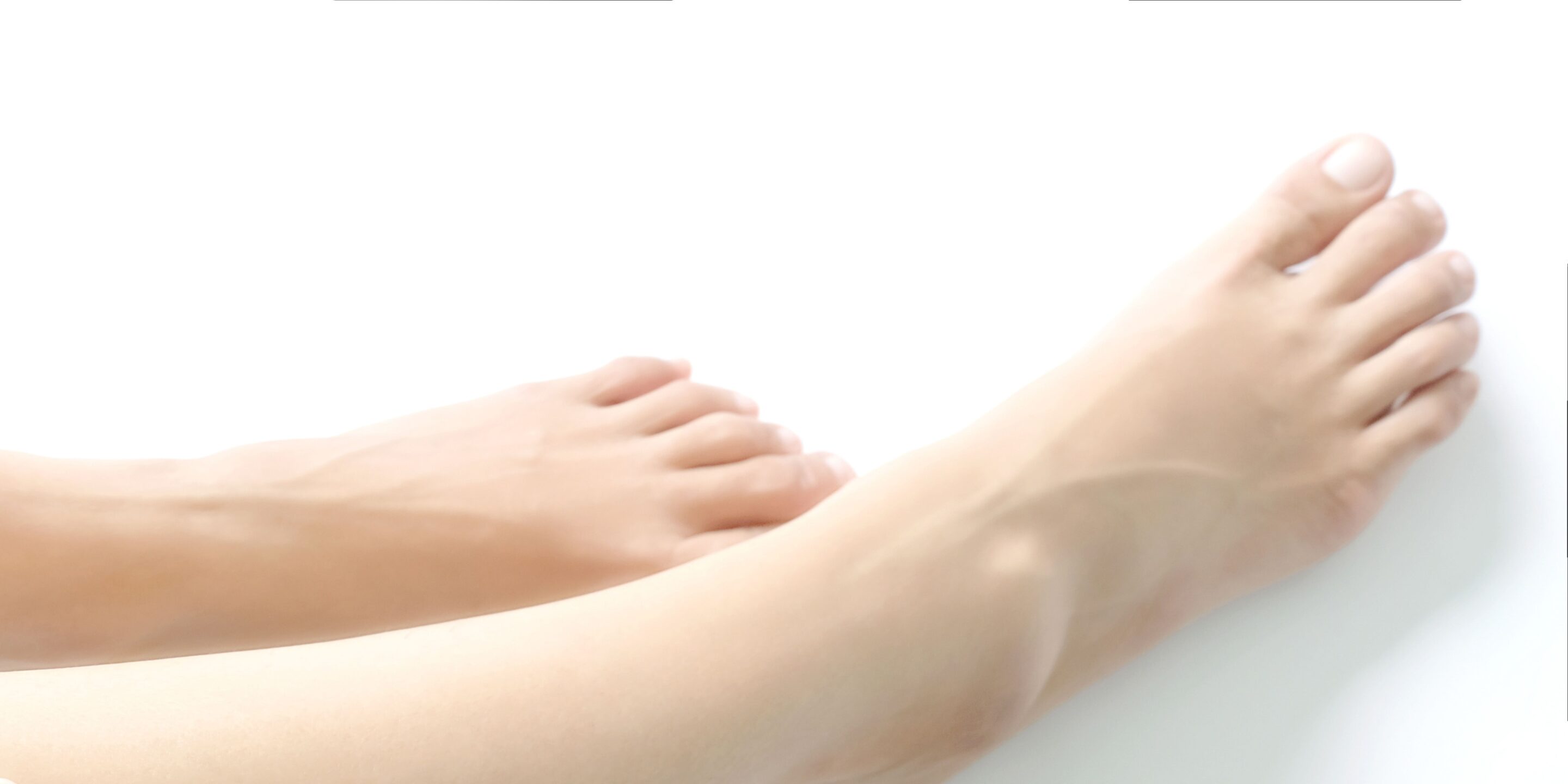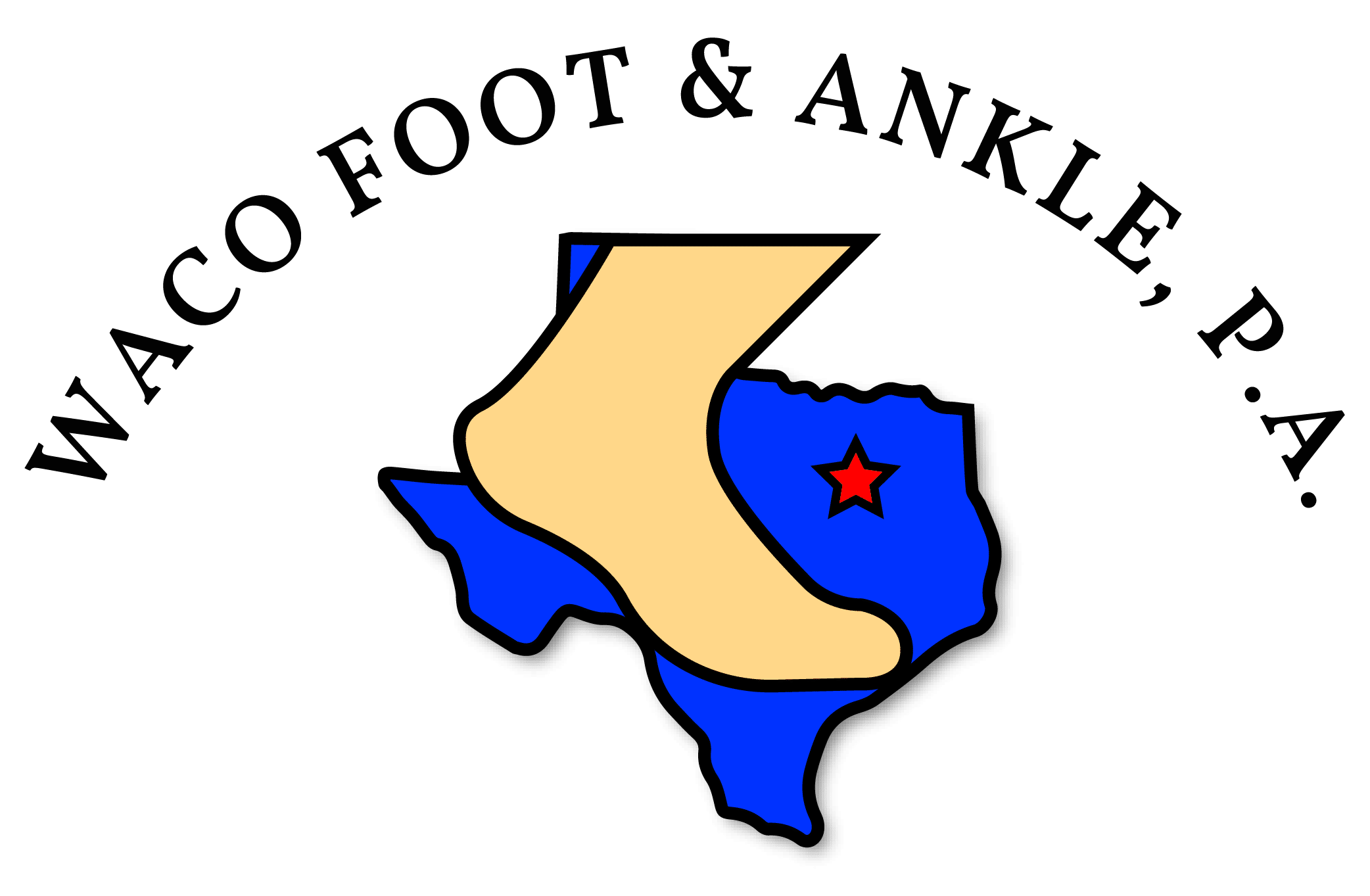Long Term Effects of Ingrown Toenails
Recognizing the pivotal role of early intervention and professional care is essential in managing not only the immediate discomfort but also the potential long-term effects that can permeate beyond the toenail, impacting overall well-being.
Understanding Ingrown Toenails
An ingrown toenail manifests when the edge of a toenail penetrates the surrounding skin, causing pain and discomfort. This condition, medically known as onychocryptosis, typically affects the big toe and can lead to pain, redness, swelling, and in some cases, infection.
The intricate anatomy of the toe and the growth pattern of the nail make this area susceptible to ingrowth, especially when certain predisposing factors come into play.
Causes of Ingrown Toenails
- Improper nail trimming is a leading cause of ingrown toenails. Cutting nails too short or rounding the edges excessively can encourage the nail to dig into the surrounding skin.
- Wearing tight or ill-fitting footwear exerts constant pressure on the toes, increasing the likelihood of nail penetration.
- Genetic factors, such as the natural shape of the nail or foot structure, can also contribute to the development of ingrown toenails.

Long-Term Effects of Untreated Ingrown Toenails
Neglected ingrown toenails can pave the way for recurrent infections, escalating to serious complications like cellulitis and abscess formation. Individuals with compromised immune systems are particularly vulnerable, emphasizing the urgency of timely intervention. Chronic infection is a common consequence of untreated ingrown toenails.
As the nail penetrates the skin, it creates an entry point for bacteria, leading to localized infections. If left unchecked, these infections can become chronic and recurrent. Cellulitis, a bacterial skin infection, is a potential complication that arises from the spread of bacteria beyond the initial site of infection.
Abscess formation, characterized by the collection of pus, may also occur and requires drainage for resolution. Individuals with compromised immune systems, such as those with diabetes or immune disorders, face an increased risk of systemic infections stemming from untreated ingrown toenails. The compromised ability to fight infections heightens the severity of the condition, necessitating prompt and thorough treatment to prevent further complications.
The persistent pressure from ingrown toenails can inflict damage on nerves, giving rise to symptoms like tingling and numbness. The potential development of neuropathic pain syndromes, such as neuropathy or complex regional pain syndrome (CRPS), underscores the importance of addressing ingrown toenails promptly and comprehensively.
Prolonged pressure on the surrounding tissues due to ingrown toenails can lead to nerve damage. The nerves in the toes may become compressed or irritated, resulting in symptoms such as tingling, numbness, or a burning sensation. In severe cases, this nerve damage can contribute to the development of neuropathic pain syndromes.
Changes in Nail Structure
Untreated ingrown toenails can induce permanent alterations in nail growth, resulting in thickened and misshapen nails. The shift in nail anatomy heightens susceptibility to recurring ingrown toenails, emphasizing the necessity for thorough and holistic care. The continuous pressure exerted by ingrown toenails can disrupt the normal growth pattern of the affected nail. As a result, the nail may become thickened, misshapen, or develop an abnormal curvature.
These structural changes increase the likelihood of recurrent ingrown toenails, creating a cycle of discomfort and potential complications. Addressing the changes in nail structure requires comprehensive care, including proper nail trimming techniques and attentive management of footwear. In some cases, corrective measures may be necessary to restore the natural growth pattern of the nail and reduce the risk of future ingrowth.
Chronic Pain and Discomfort
Enduring pain and discomfort from untreated ingrown toenails can significantly hinder daily activities and overall quality of life. The looming risk of chronic pain conditions, such as arthritis or fibromyalgia, underscores the imperative for prompt and effective treatment. The persistent pain and discomfort associated with untreated ingrown toenails can have a profound impact on daily activities. Individuals may experience difficulty walking, standing, or wearing shoes comfortably.

Importance of Timely Treatment
Swift intervention is paramount in curbing the long-term effects of ingrown toenails. Timely treatment of ingrown toenails is crucial in preventing the progression of complications and mitigating long-term effects. Professional care should be sought promptly, especially if signs of infection, nerve damage, or structural changes in the nail are evident.
Overview of Treatment Options
Various treatment options are available for ingrown toenails, depending on the severity of the condition. In mild cases, conservative measures such as warm soaks, elevation, and antibiotic ointments may be recommended. However, more advanced cases may require more invasive interventions, including:
- Nail avulsion: Partial or complete removal of the ingrown toenail under local anesthesia.
- Antibiotics: Prescription of oral or topical antibiotics to address infection.
- Surgical intervention: In severe cases, surgical procedures may be necessary to correct the nail growth pattern and prevent recurrence.
Proper Nail Care and Footwear Selection
Preventing the recurrence of ingrown toenails is as crucial as treating the current episode. This involves adopting proper nail care practices, including regular and careful trimming to avoid sharp edges that could penetrate the skin. Additionally, selecting appropriate footwear that provides adequate space for the toes and minimizes pressure on the nails is essential in preventing future occurrences.
Proactive Foot Health Management
Maintaining lasting foot health involves more than just addressing ingrown toenails when they arise. This includes proactive measures, including regular nail care and mindful footwear choices. By adopting preventive practices, individuals can minimize the risk of ingrown toenails and other foot-related issues. Proactive foot health management extends beyond the resolution of current issues to prevent future complications.
This involves incorporating healthy habits into daily life:
- Regular self-checks: Periodic examination of the feet for any signs of redness, swelling, or changes in nail appearance can aid in early detection and intervention.
- Appropriate footwear: Choosing shoes with sufficient toe space, proper arch support, and breathable materials can contribute to overall foot comfort and reduce the risk of ingrown toenails.
- Healthy nail care: Following recommended nail trimming practices, avoiding excessively tight shoes, and maintaining good foot hygiene contribute to preventing ingrown toenails.
Navigating the landscape of ingrown toenails demands a comprehensive approach that goes beyond immediate relief. By taking proactive steps, seeking professional help when needed, and embracing lasting foot care practices, individuals can effectively manage the challenges posed by ingrown toenails, ensuring enduring foot health.
At Waco Foot & Ankle, we understand the discomfort of ingrown toenails and want to help treat your toenail today and prevent any more ingrown toenails from coming back. Contact our office to schedule an appointment and find relief, today and in the future!
